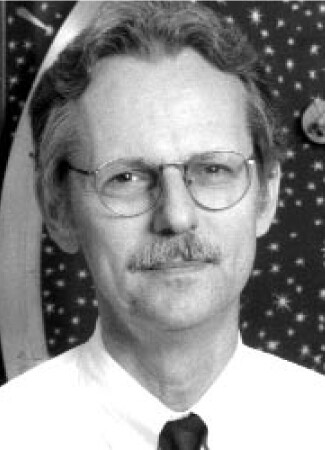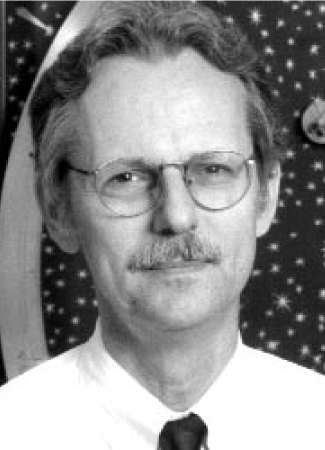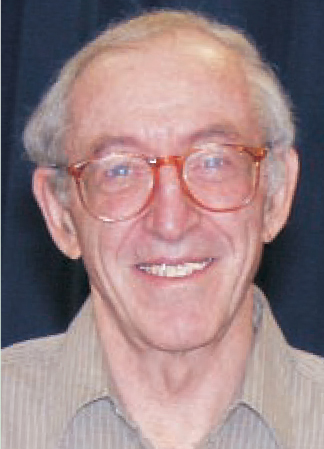Alcock Tapped to Lead Center for Astrophysics
DOI: 10.1063/1.1784298
After more than 21 years, Irwin Shapiro has stepped down as head of the Harvard–Smithsonian Center for Astrophysics (CfA) in Cambridge, Massachusetts. Filling his shoes is Charles Alcock, who moves from the University of Pennsylvania to begin a five-year term as director on 1 August.
Known for the breadth of its research and for operating NASA’s Chandra X-Ray Observatory , the CfA has more than 300 scientists and an annual budget of $110 million.
“The CfA is a stunning organization. I want to make sure that it remains where it is—a major leading large place to do astrophysics,” says Alcock. “One of the scariest aspects of the job is that a director can do harm. Managing scientists is like herding cats. Imagine herding 300 cats. The job of the director is to create an environment that fosters people with good new ideas and allows them to form collaborations.”
Topping Alcock’s list of new projects is an extremely large telescope. “I plan to spend a significant amount of my time ensuring that the CfA plays a big role in the design, the technology development, raising the money, and getting the science in at least one of the big telescopes,” he says. The CfA is involved in planning a 25-meter Giant Magellan Telescope; the other big US-led project under discussion is the Thirty Meter Telescope (see Physics Today, August 2003, page 22
Despite his efforts to get a gigantic telescope, Alcock’s own work involves tiny ones. He is the principal investigator for the Taiwan–America Occultation Survey (TAOS), an array of four 50-centimeter telescopes designed to repeatedly sweep the same swath of sky to check for stars that get obscured when Kuiper belt objects pass by. TAOS is based in central Taiwan and is set to start collecting data this fall.
For his part, Shapiro says he quit the directorship to spend more time with his family. “I promised that I would announce my intention to pass the baton after 20 years, or after completion of the MMT [conversion to a 6.5-meter telescope from six smaller telescopes] and the Submillimeter Array,” he says. Both facilities were completed recently.
Now, says Shapiro, “I want to think about what I will next do in science. I’ve done some research while being director, but no heavy lifting. I look forward to again putting research on the front burner.”

Alcock
U. PENN.


Shapiro
CFA

More about the Authors
Toni Feder. tfeder@aip.org
